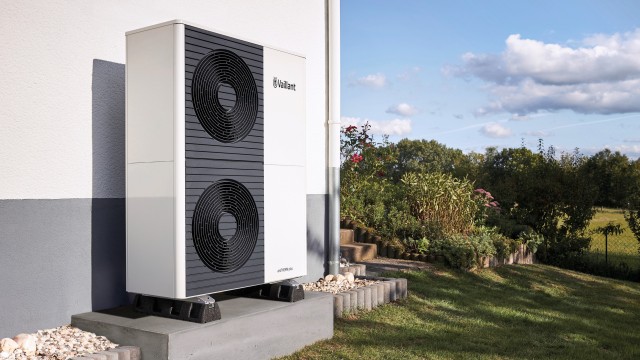With more of us opting for renewable heating systems to help improve the efficiency of our homes, there are a few questions regarding looking after heat pumps in the winter, especially air source heat pumps.
Air source heat pumps are quickly becoming an increasingly popular option amongst homeowners to help heat their properties. The external air collector could be exposed to harsh weather conditions and prone to frosting and snow cover during the winter months. In this guide, we’ll take you through some easy steps to look after your heat pump in the winter so you can be confident knowing your heating system is working at maximum efficiency during the cold weather.



